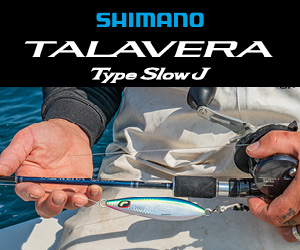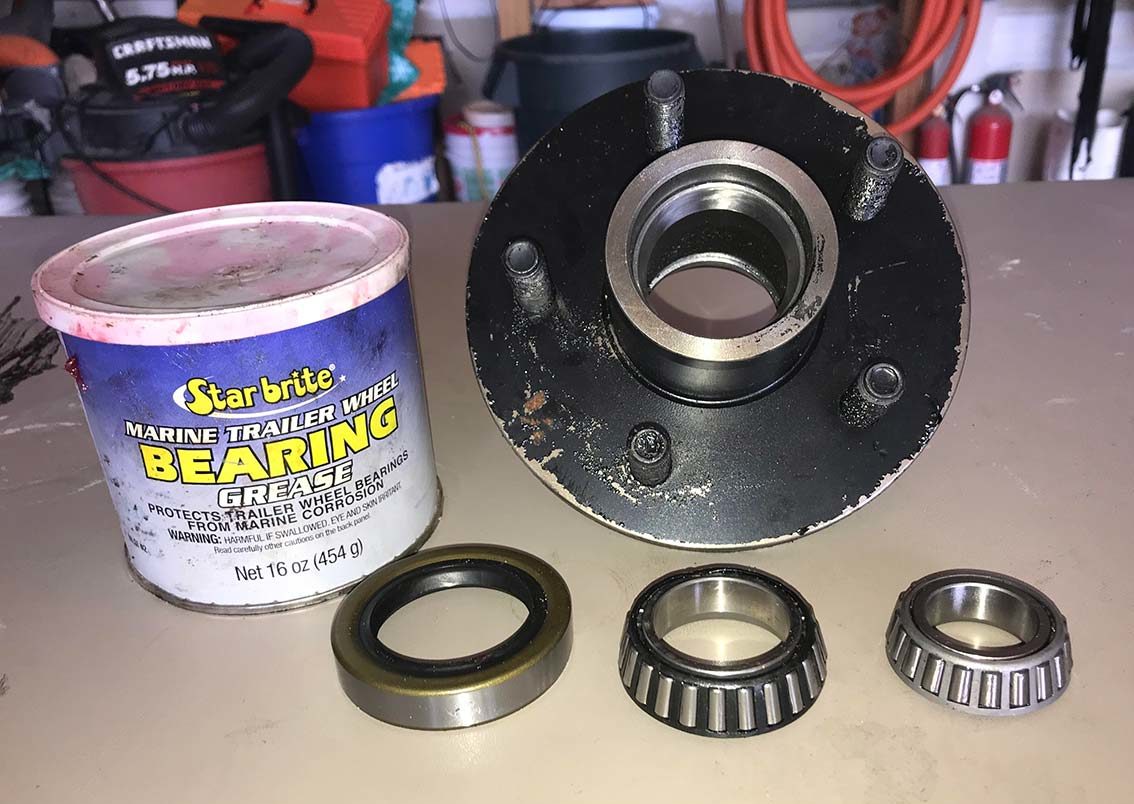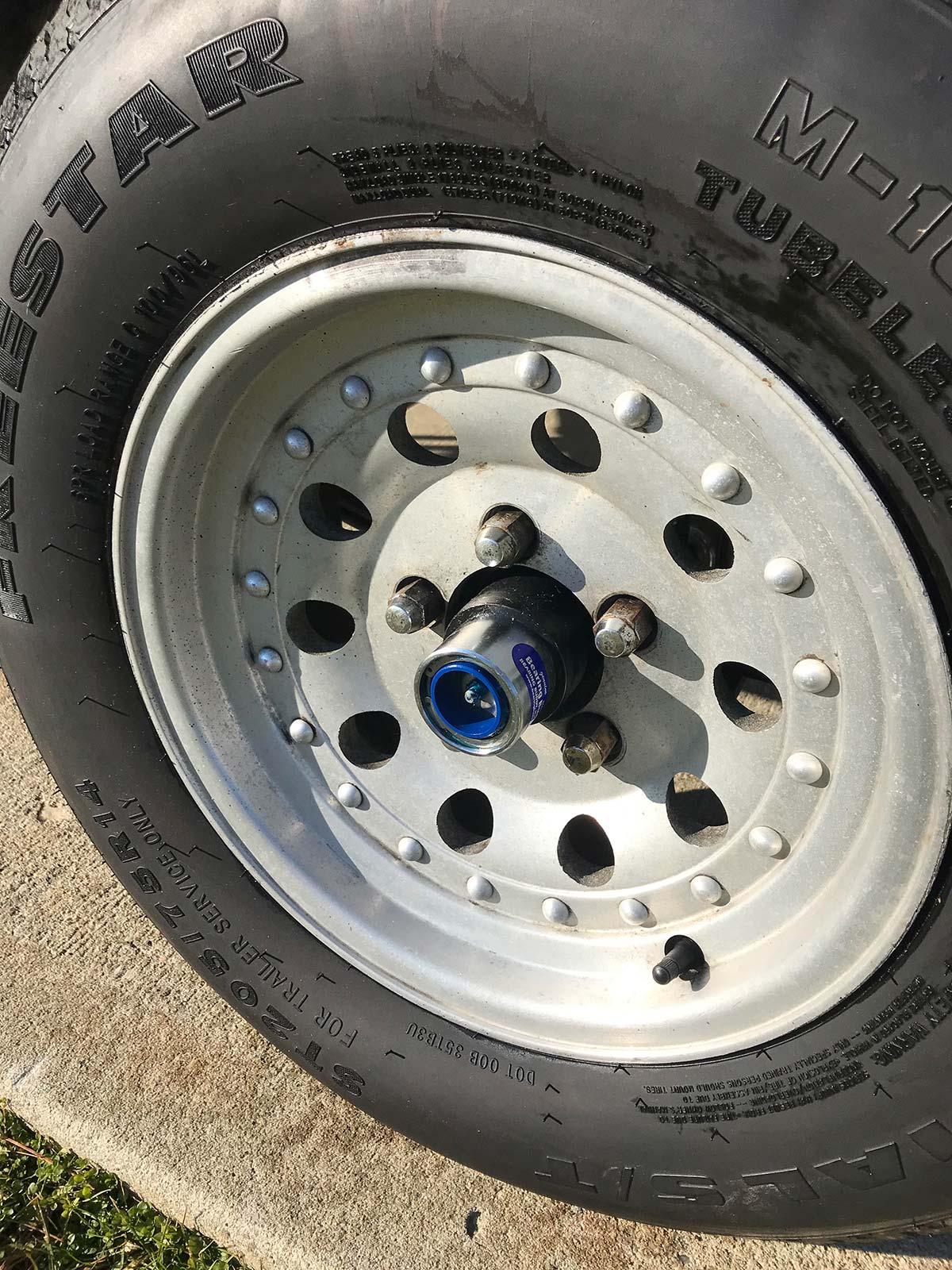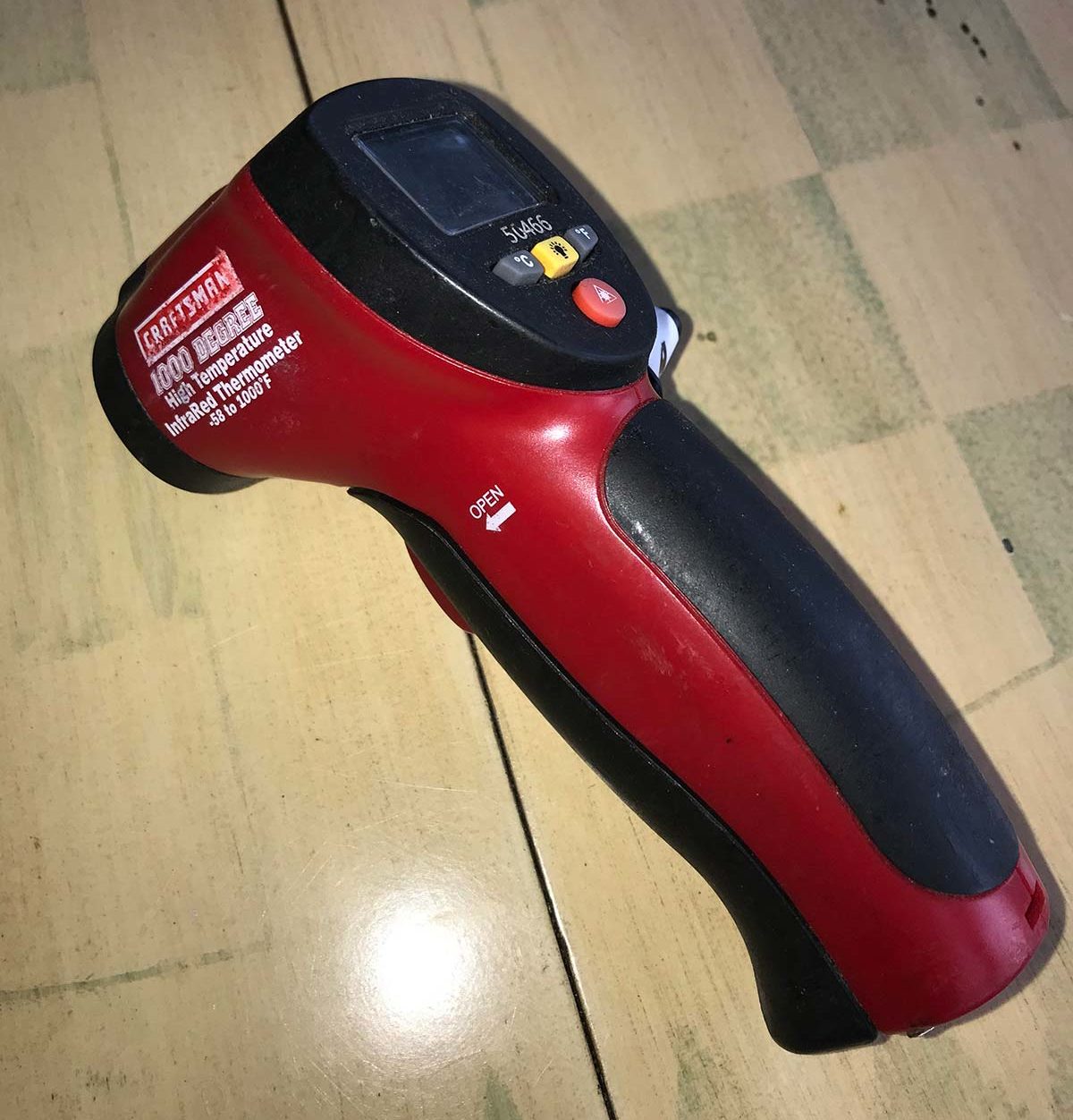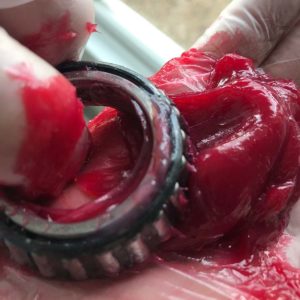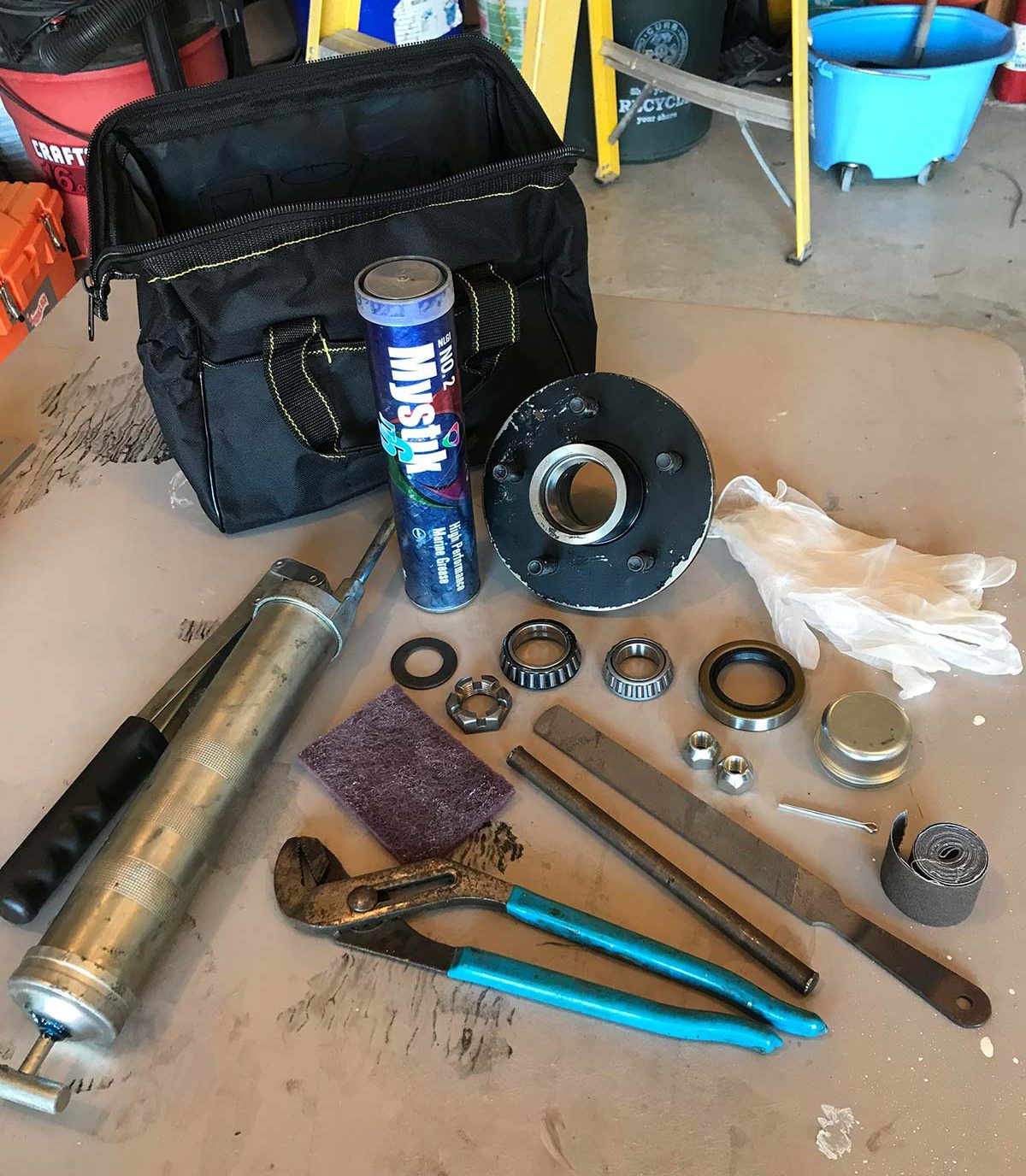 Be safe, and enjoy a great year of trailering to your favorite destination. Hopefully, your ventures will offer you the opportunity to land that elusive fish of a lifetime or just a great day on the water with family or friends.
Be safe, and enjoy a great year of trailering to your favorite destination. Hopefully, your ventures will offer you the opportunity to land that elusive fish of a lifetime or just a great day on the water with family or friends.
I can remember the day quite well. My buddy Charlie Murray and I were coming down Montauk Highway in Center Moriches when we heard a loud noise, then saw our trailer tire fly by us as we pulled over. After realizing what happened, I called my son-in-law Isa and told him of the incident to “his” trailer.
The following day, after repairing the trailer, I asked Isa, “When was the last time you re-packed or checked your trailer bearings?” His reply was, “You have to re-pack those?” Don’t get me wrong, I have had many trailer issues over the years. What we all must understand is that stuff breaks, and sometimes it is for no apparent reason, and not just from a lack of maintenance. Being prepared on the road can save you a day of fishing, and if you do not have a towing package, a costly tow.
There are certain items you need to have with you if you trailer any distance, or often, even if it is only a few miles to your favorite ramp. Let’s take a look at what it takes to maintain your hubs and the toolbox I keep with me at all times.
Pack ‘Em Right
I have been packing wheel bearings since I was 15 years old. And, thanks to a family friend, I learned the right way to do it, and it has served me well for over 45 years.
One of the first keys is cleanliness. You need all components to be clean and free of old grease and dirt, or for that matter, all new parts.
|
|
|
Years ago, I used to buy new bearings, races and seals, then tear apart the existing hub and rebuild. In today’s era of technology, I buy a hub kit. The hub kit (under $75 for most trailers) may come packed with grease and may not, depending on the size of your trailer and where you purchase them. For my Javelin Bass Boat trailer, I prefer they are not packed as I want to pack them the way I was taught years ago, and more recently by my brother-in-law Howie Larvin, who by my estimation is one of the best mechanics I know.
To pack bearings, pick a good marine grease. It does not have to be the most expensive, but it must be marine grade. Put a blob on the palm of your hand and press the grease into the bearing until it squeezes out the opposite side.
What is also nice about buying hub kits is the races, which match the bearings, are pre-installed. If you elect to buy replacement parts – bearings and races separately, you will have to bang out the old race with a punch (brass preferred) and press in the new ones. It is not difficult, but the races must be tight to the hub (bottomed out) and straight.
|
|
|
Mount ‘Em Up
- Tool Kit
- Hub assembly with pre-packed bearings
- Spindle nut/cotter pin
- Grease gun/spare cartridge
- Socket or Channel Lock pliers
- Hammer
- Brass punch
- File
- Emory paper
- Spare Bearing buddy or dust cap
- Infra-red temperature light
The hard part is finished as you have the hub ready to go. After removing your old hub, clean and check the spindle for any burrs or scoring. Depending on the wear, use an emery paper or file to clean up the bearing surfaces.
Slide the hub assembly onto the spindle, then use a grease gun to fill the cavity between the back and front bearing race. After doing this, install the front bearing, washer and nut. There are many theories on how to tighten the nut. Some say torque it down to 100, then back off and re-torque to 20, then back off a 1/4 turn and insert the cotter pin. For me, I have always done the spin and tighten method. As I am tightening the nut I constantly spin the tire. When the tire stops spinning and is fairly tight to turn, I snug another quarter turn on the nut. Then I back off one full turn on the nut and re-spin the tire. As the tire is spinning, I slowly tighten until it only makes one revolution. If that is accomplished, back off to the closest slot for the cotter pin and install.
The last item is a Bearing Buddy. I highly recommend these as it allows slight pressure (about 3 psi) on the bearing, not allowing water to infiltrate the system while launching. Bearing Buddies (newer style) come with a blue ring, making it easier to know when they are full. To fill initially, use a grease gun and begin filling. You want the blue ring to push outward, but you still want to be able to rock it slightly back and forth.
For all my trailer parts and knowledgeable advice, I use Trailer City Riverhead where Dave Stocchetti and his staff are always willing to help you fix it yourself, or fix it for you. They have all trailer parts in stock, or can get you what you need within a day.
I asked Dave recently about re-greasing your hubs, and how often it should be done. Dave said, “Grease does breakdown over time. You definitely do not want to overfill as you will damage the rear seal, causing water to enter and grease to escape.”
1064 Rte 58
Riverhead, NY 11901
631-208-1999
Per Dave’s advice, you should probably give the hub a little grease about every 500 to 600 miles. If you do this, you should be well on your way to safe trailering. While trailering, I never go more than 100 miles without stopping and checking the temperature of my hubs. This may sound like a burden, but a 5-minute break could save you damage or a lost wheel. A simple $20 temperature gun is all it takes. My hubs, depending on outside temperature will run anywhere from 80 to 115 degrees, but more importantly, is they should be close in range with each other. If one is a lot hotter, that signals something is wrong and needs to be addressed before getting back on the road.
Be safe, and enjoy a great year of trailering to your favorite destination. Hopefully, your ventures will offer you the opportunity to land that elusive fish of a lifetime, or just a great day on the water with family or friends.
